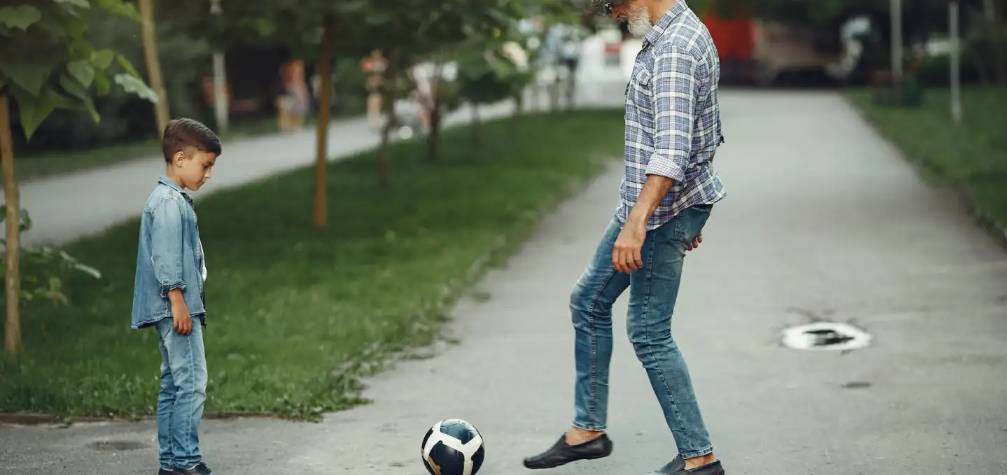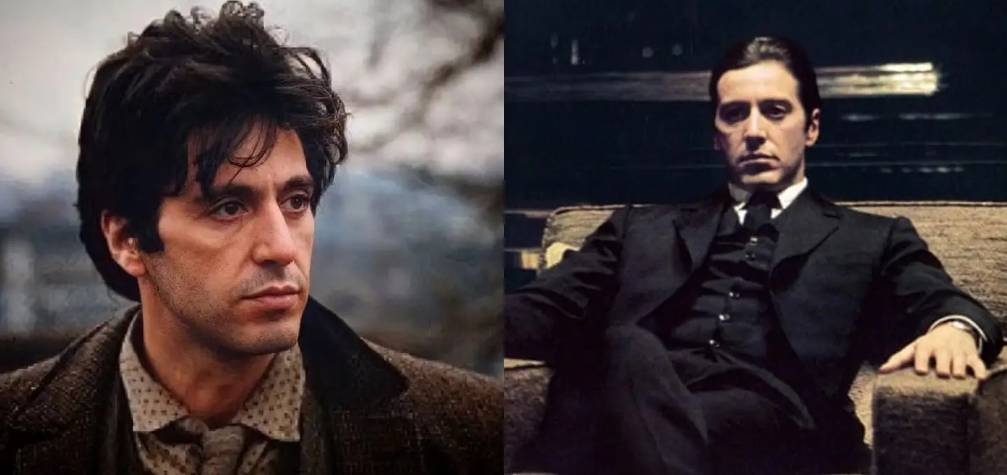Mix and Match: Perfecting Shirt and Pant Combinations
4 min read
18 Jul 2025
Dressing well is an art, and one of its fundamental aspects is mastering the art of mixing and matching shirts and pants. Whether you're preparing for a formal event, a casual outing, or a day at the office, knowing how to create harmonious and stylish combinations can make a significant difference in your overall appearance. In this guide, we'll explore the principles and tips to help you perfect shirt and pant combinations, ensuring you look your best on any occasion.
Understanding Color Coordination
One of the primary considerations when mixing and matching shirts and pants is color coordination. Here are some essential guidelines to keep in mind:

1. Classic Pairings
Navy and Khaki: A timeless combination that works well for both casual and semi-formal occasions. A navy blazer or dress shirt paired with khaki pants is a versatile choice.
Black and White: A black suit with a white dress shirt is the epitome of formalwear. It's an ideal choice for black-tie events or when you want to make a sophisticated statement.
2. Complementary Colors
Pairing complementary colors can create visually pleasing combinations. For instance:
Blue and Orange: A light blue dress shirt with burnt orange chinos can make for a vibrant and stylish casual look.
Green and Brown: Olive green trousers paired with rich brown shoes and accessories can create a harmonious earth-toned ensemble.
3. Playing with Neutrals
Neutral colors are wardrobe staples that can be mixed and matched effortlessly:
Gray and Beige: A gray blazer or dress shirt can be paired with beige or tan pants for a subdued yet polished appearance.
White on White: A white shirt with white pants is a clean, crisp choice for summer or casual events.
4. Monochromatic Styling
Monochromatic outfits involve wearing different shades of the same color. This creates a sleek and streamlined look:
Shades of Blue: Mixing various shades of blue, from light sky blue to deep navy, can create an elegant and cohesive outfit.
Tonal Grays: Combine different gray tones, such as charcoal pants with a light gray shirt and a medium gray blazer, for a modern monochromatic ensemble.
Understanding Formality
The formality of your shirt and pant combination should align with the occasion:
1. Casual
For casual occasions, you have more flexibility in your choices:
Denim and Chambray: Denim jeans or chambray pants can be paired with a wide range of casual shirts, from T-shirts to plaid button-downs.
Polo Shirts and Chinos: A classic combo that's both comfortable and stylish for relaxed gatherings.
2. Business Casual
Business casual attire often includes a mix of formal and casual elements:
Dress Shirts and Dress Pants: Opt for dress shirts in solid colors or subtle patterns, paired with well-fitted dress pants. You can add a blazer for a polished look.
Smart Casual: Consider dressy sneakers or loafers with smart casual pants like well-fitted khakis.
3. Formal
For formal events, it's essential to adhere to established norms:
Suits and Dress Shirts: A well-tailored suit paired with a crisp dress shirt and tie is a classic choice for formal occasions. Ensure the suit color complements your skin tone.
Tuxedos: When attending black-tie events, a tuxedo with a white dress shirt and a black bowtie is the standard.
Considering Patterns and Textures
Patterns and textures can add depth and visual interest to your outfit:
1. Mixing Patterns
Rule of Thumb: When combining patterns, ensure they vary in scale. For example, pair a small-checked dress shirt with larger windowpane trousers.
Complementary Patterns: Consider combining stripes with checks or a solid shirt with a patterned tie.
2. Texture Play
Textured Shirts: Incorporate textured shirts like linen, chambray, or flannel for a more dynamic look.
Contrasting Fabrics: Pair wool trousers with a silk shirt or a tweed blazer with a cotton dress shirt for a blend of contrasting textures.
Accessories for Finishing Touches
Accessories can complete your outfit and tie your shirt and pant combination together:
1. Belts and Shoes
Match Belt and Shoes: Ensure your belt color matches your shoe color for a polished appearance.
Complementary Shades: If you prefer not to match, aim for complementary shades. For example, dark brown shoes with a medium brown belt.
2. Ties and Pocket Squares
Ties and pocket squares can add a pop of color and personality to your outfit. They should complement the overall color scheme without overwhelming it.
3. Watches and Cufflinks
A wristwatch and cufflinks are subtle accessories that can enhance your outfit's sophistication. Coordinate their metals with your belt buckle and other accessories.
Conclusion
Mastering the art of mixing and matching shirts and pants is a valuable skill that can help you create a wide range of stylish outfits for different occasions. Understanding color coordination, considering formality, playing with patterns and textures, and adding the right accessories are key elements in perfecting your shirt and pant combinations. With these principles in mind, you'll have the confidence to dress impeccably and express your personal style wherever you go.
More Articles

Robert Pattinson's Cinematic Evolution: From Twilight Heartthrob to Diverse Acting Excellence
3 min read | 01 Jun 2025

Hugh Jackman's Cinematic Debut: From 'Erskineville Kings' to Global Stardom – Unveiling the Rise of a Charismatic Star
5 min read | 31 May 2025

Al Pacino: Crafting a Legendary Career Through Passion, Talent, and Resilience in Acting
4 min read | 30 May 2025